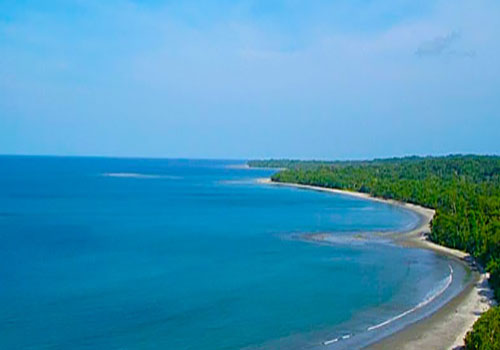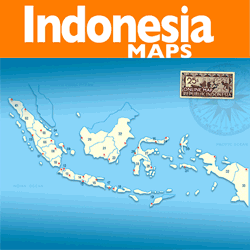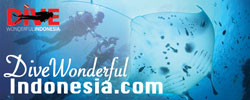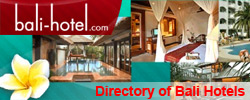Enggano Island

Enggano Island is about 100 km southwest of Sumatra, Indonesia. It is about 35 km long from east to west and about 16 km wide from north to south. Administratively, it located on the North Bengkulu Regency. The three largest towns on the island are Barhau, Kabuwe and Kayaapu.
The name of the island suggests some early contact with Portuguese traders (engano means disappoint), but the earliest published account was that of Cornelis de Houtman, dating from June 5, 1596, but he was unable to land a boat.
The indigenous of Enggano Island is Enggano tribe, which divided into 5 origin of Puak (tribes). All those tribes speaking in Enggano language. The early puak was inhabiting the island since Dutch colonialism, in 1934. After Enggano tribe, there are some other tribes that live in this island, like Kauno tribe, Banten tribe and other four tribes. By living in 40,2 ha, those people are doing cacao plantation for living and the productions are being sold to Bengkulu. Enggano island is also has potential saving and non-timber forest products such as melinjo wood, rattan, manau, herbs, and seafood. Some of this potential has not been used as an alternative option for the community because of various obstacles encountered.
Enggano island is one of the small island on the West Coast of Sumatra, it lies 45 km in length and width of 17 km. The condition of Enggano island ecosystem is fairly good, compared to other small islands in Sumatra’s west coast. The only public transport that being used to reach Enggano is boat, which operated only 2 times a week. While, the transportation between villages in Enggano is also using boat of ship, due to land transport facilities have not been supportive.
How to get there:
To reach this island is easy, which can be start from Bengkulu to Bai port by taking KM Pulo Telo fery boat that regularly operated twice a week. There is also a pioneer boat that sailing from Bengkulu to Enggano, once in 10 days.

Danau Dendam Tak Sudah
Danau Dendam Tak Sudah (DDTS), can be translate with Never Ending Revenge lake is one of famous destinations in Bengkulu. This lake is settle in Dusun Besar village, Singaran Pati sub-district, Bengkulu and has an area of 557 and 67 hectare wide. The lake thought to have formed from volcanic activity in the area. By located in the strategic importance, in 1936 this lake was established as a nature reserve with an area of 11.5 hectares by the Dutch government. Then, in 1979, this nature reserve area has been expanded…
Seven Colors Lake – Bengkulu
Danau Tujuh Warna Danau Tujuh Warna or Seven Colors Lake is located in Sumber Bening Village, Rimbo Pengadan, Bengkulu. Lake of Seven Colors can be taken approximately 35 km from the town of Muara Aman. Along the road to the location we’ll be found many residents, a verdant tropical rain forests and hills which is the extend rows that can be seen from a distance. These hot springs contain lake which and represent the seven colors of Blue, Red, White, Grey, Yellow, Brown and Black. The huge lakes are those…
The Imposing Tikus Island – Bengkulu
Tikus Island Tikus island or Mouse island is a small island that located on Bengkulu coastal waters and it part of Bengkulu province. This island is precisely located in west side of Bengkulu town. To reach this island, the visitors can ride the rental fisherman boat from Zakat beach or Tapak Pader beach, it takes 45 minutes. This island is clean and having beauty natural sightseeing, especially the water, which is very clear and sparkling. The visitors may see some fishes swimming around the coral which surround this small island…
Enggano Island, Just Like Any Tremendous Islands In Indonesia
Enggano Island Enggano Island is about 100 km southwest of Sumatra, Indonesia. It is about 35 km long from east to west and about 16 km wide from north to south. Administratively, it located on the North Bengkulu Regency. The three largest towns on the island are Barhau, Kabuwe and Kayaapu. The name of the island suggests some early contact with Portuguese traders (engano means disappoint), but the earliest published account was that of Cornelis de Houtman, dating from June 5, 1596, but he was unable to land a boat.…









